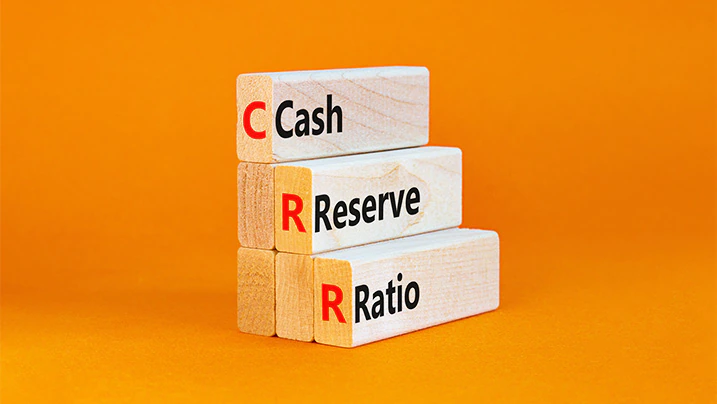Cash Reserve Ratio (CRR) is an essential monetary measure used by the Reserve Bank of India (RBI) to maintain liquidity in the economy. It is the percentage of a bank’s total deposits that must be held in reserve with the RBI. The CRR is set by the RBI and may change from time to time depending on the economic conditions prevailing in the country.
The CRR is an important tool used by the RBI to regulate the interest rates in the economy. By adjusting the CRR, the RBI can control the amount of money circulating in the market, which ultimately impacts the lending and borrowing rates.
The primary objective of regulating the CRR is to maintain price stability, control inflation, and ensure adequate liquidity in the economy. However, adjusting the CRR has a significant impact on the home loan interest rates in India.
How CRR affects Home Loan Interest Rates
The CRR and Repo Rate are the two essential tools used by the RBI to regulate interest rates in the economy. When the RBI wants to increase the interest rates, it increases the CRR and Repo Rate. On the other hand, when it wants to decrease the interest rates, it decreases the CRR and Repo Rate.
When the CRR is increased, the amount of money that banks can lend decreases as they have to maintain a higher reserve with the RBI. It means that they have less money to lend, and as a result, the interest rates on home loans increase.
On the other hand, when the CRR is decreased, the amount of money that banks can lend increases, and thus, the interest rates on home loans decrease.
The impact of the CRR on Home Loan Interest rates in India can be observed over the last few years. In 2018, the RBI increased the CRR by 25 basis points, and as a result, the banks had to hold a higher reserve with the RBI. This led to an increase in the home loan interest rates.
However, in 2019, the RBI reduced the CRR by 25 basis points, and this led to the reduction of interest rates on home loans. This was done to boost lending and stimulate economic growth.
The impact of the CRR on Home Loan Interest rates is significant, and it is one of the essential factors that borrowers need to consider while applying for a home loan.
Impact of Repo Rate on Home Loan Interest Rates
The Repo Rate is another essential tool used by the RBI to regulate the interest rates in the economy. It is the rate at which the RBI lends money to the banks. When the Repo Rate is increased, borrowing becomes more expensive, and when it is decreased, borrowing becomes cheaper.
The impact of the Repo Rate on Home Loan Interest Rates in India is also significant. When the Repo Rate is increased, the banks have to pay more interest to the RBI on the money they borrow. As a result, their cost of borrowing increases, and they pass on this cost to the borrowers in the form of higher interest rates on home loans.
When the Repo Rate is decreased, the cost of borrowing for the banks reduces, and they can pass on this benefit to the borrowers. As a result, the interest rates on home loans decrease.
Conclusion
The Cash Reserve Ratio is an essential monetary tool used by the RBI to regulate the liquidity in the economy. The main objective of CRR is to maintain price stability, control inflation, and ensure adequate liquidity in the economy.
However, the CRR also has a significant impact on the interest rates of various loans, including home loans. When the CRR is increased, the cost of borrowing for the banks increases, and they pass on this cost to the borrowers in the form of higher interest rates. On the other hand, when the CRR is decreased, the cost of borrowing for the banks reduces, and they pass on this benefit to the borrowers in the form of lower interest rates.
Borrowers looking to apply for a home loan should keep an eye on the CRR and Repo Rate set by the RBI, as it has a significant impact on the interest rates they will be charged. It is advisable to consult with the bank and do proper research before applying for any loan to get the best possible interest rates.

